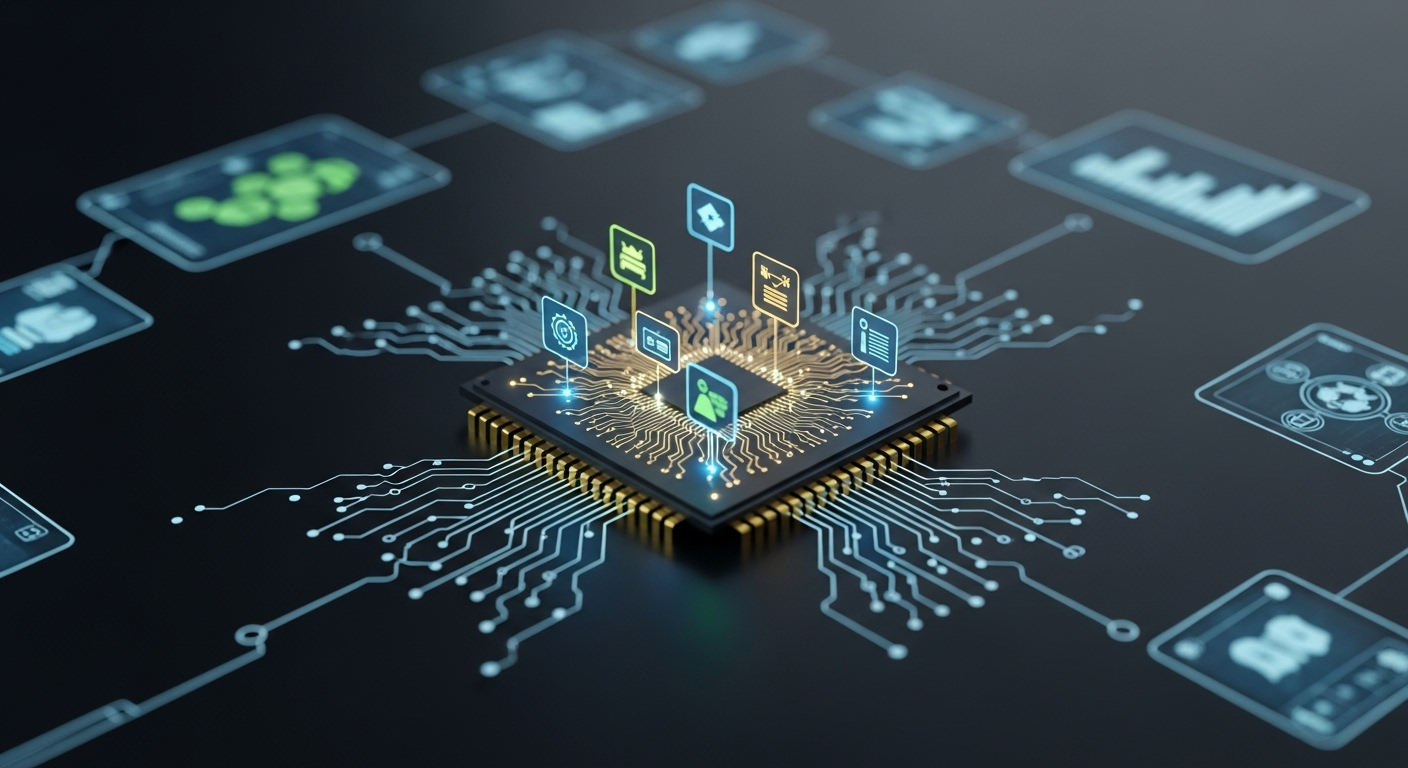Exploring the Healing Potential of Vibroacoustic Therapy
Can sound waves truly heal the body? Imagine lying on a specially designed bed, feeling gentle vibrations coursing through your muscles and bones as soothing tones envelop you. This isn't science fiction – it's vibroacoustic therapy, an emerging wellness modality that's catching the attention of researchers and health practitioners alike.

The Science Behind Vibroacoustic Therapy
At its core, vibroacoustic therapy is based on the principle that every cell in our body has a natural frequency at which it vibrates. When these frequencies are disrupted due to stress, illness, or environmental factors, it can lead to various health issues. VAT aims to restore balance by delivering specific frequencies and vibrations directly to the body.
The therapy typically involves lying on a specially designed bed or chair equipped with built-in speakers and transducers. These devices convert sound waves into mechanical vibrations, which are then transmitted through the body. The vibrations can be felt as gentle pulsations, creating a massage-like effect that penetrates deep into tissues and organs.
Simultaneously, carefully selected music or tones are played through speakers, creating an enveloping sound environment. This combination of auditory and tactile stimulation is thought to have a synergistic effect, enhancing the overall therapeutic impact.
Historical Context and Development
The concept of using sound for healing isn’t new – various cultures have long recognized the therapeutic potential of music and vibration. However, the modern application of vibroacoustic therapy can be traced back to the 1960s and 70s.
Norwegian therapist and educator Olav Skille is often credited as a pioneer in this field. Skille observed that certain low-frequency sounds seemed to have a calming effect on children with severe disabilities. This led him to develop the first vibroacoustic beds and chairs, laying the foundation for what would become VAT.
In the following decades, researchers and practitioners worldwide began exploring the potential applications of this technology. The field has since expanded, with ongoing studies investigating its efficacy for a wide range of physical and mental health conditions.
Potential Health Benefits and Applications
As research into vibroacoustic therapy continues to grow, an increasing number of potential benefits are being uncovered. While more studies are needed to fully understand its effects, early findings are promising:
Pain Management: Several studies have shown that VAT may be effective in reducing chronic pain, including lower back pain and fibromyalgia. The vibrations are thought to help relax muscles and improve circulation, potentially leading to pain relief.
Stress Reduction: The immersive nature of VAT can induce a deep state of relaxation, helping to lower stress levels and promote a sense of calm. This may be particularly beneficial for individuals dealing with anxiety or high-stress lifestyles.
Improved Sleep: Some research suggests that regular VAT sessions may help improve sleep quality and duration. The therapy’s relaxing effects could potentially benefit those struggling with insomnia or other sleep disorders.
Enhanced Circulation: The mechanical vibrations delivered during VAT may help improve blood flow throughout the body. This could have wide-ranging benefits, from reducing inflammation to supporting overall cardiovascular health.
Neurological Applications: Preliminary studies have explored the potential of VAT in managing symptoms of conditions like Parkinson’s disease and cerebral palsy. While more research is needed, early results suggest it may help with motor function and coordination.
The Vibroacoustic Experience: What to Expect
A typical vibroacoustic therapy session lasts between 20 to 60 minutes. Upon arriving at a VAT-equipped facility, you’ll be guided to a specialized bed or chair. The practitioner will explain the process and help you get comfortable, often providing blankets for warmth and relaxation.
As the session begins, you’ll start to feel gentle vibrations coursing through your body. These may vary in intensity and location, depending on the specific protocol being used. Simultaneously, you’ll hear soothing music or tones through speakers, creating a multi-sensory experience.
Many people report feeling deeply relaxed during and after a session. Some describe sensations of weightlessness or a pleasant tingling throughout their body. It’s not uncommon to fall into a light sleep or meditative state during treatment.
After the session, you may feel refreshed and energized, or deeply relaxed. Some individuals experience immediate relief from pain or tension, while others notice cumulative benefits over multiple sessions.
Integrating VAT into a Holistic Wellness Routine
While vibroacoustic therapy shows promise as a standalone treatment, its benefits can be amplified when integrated into a comprehensive wellness plan. Here are some ways to maximize the potential of VAT:
-
Combine with meditation or mindfulness practices to enhance relaxation and stress reduction
-
Use VAT as a pre- or post-exercise recovery tool to support muscle relaxation and reduce soreness
-
Incorporate VAT sessions into your sleep hygiene routine to promote better rest
-
Explore VAT as a complementary therapy alongside traditional medical treatments, under the guidance of healthcare professionals
Vibrant Wellness: Harnessing the Power of Sound and Vibration
-
Did you know that the human body is composed of approximately 60% water? This makes us excellent conductors for sound vibrations.
-
Low-frequency sounds (around 40 Hz) have been shown to stimulate the production of nitric oxide in the body, a molecule that helps improve blood flow and reduce inflammation.
-
Some VAT systems allow for personalized frequency programming based on an individual’s unique needs and health goals.
-
The field of cymatics, which studies visible sound and vibration, has shown that different frequencies create distinct patterns in water and other materials – imagine the potential effects on our cellular structure!
-
Vibroacoustic therapy is being explored in space medicine as a potential countermeasure to the negative effects of microgravity on astronauts’ bodies.
As we continue to uncover the intricate connections between sound, vibration, and human health, vibroacoustic therapy stands out as a fascinating frontier in wellness technology. While more research is needed to fully understand its mechanisms and long-term effects, the growing body of evidence suggests that VAT could play a significant role in our future approach to health and healing.
By harnessing the power of sound and vibration, we may be unlocking new pathways to physical and mental well-being. As with any emerging therapy, it’s essential to approach VAT with an open mind, balanced with scientific skepticism. As research progresses and more people experience its benefits, vibroacoustic therapy may well become a valuable tool in our quest for holistic health and harmony.





